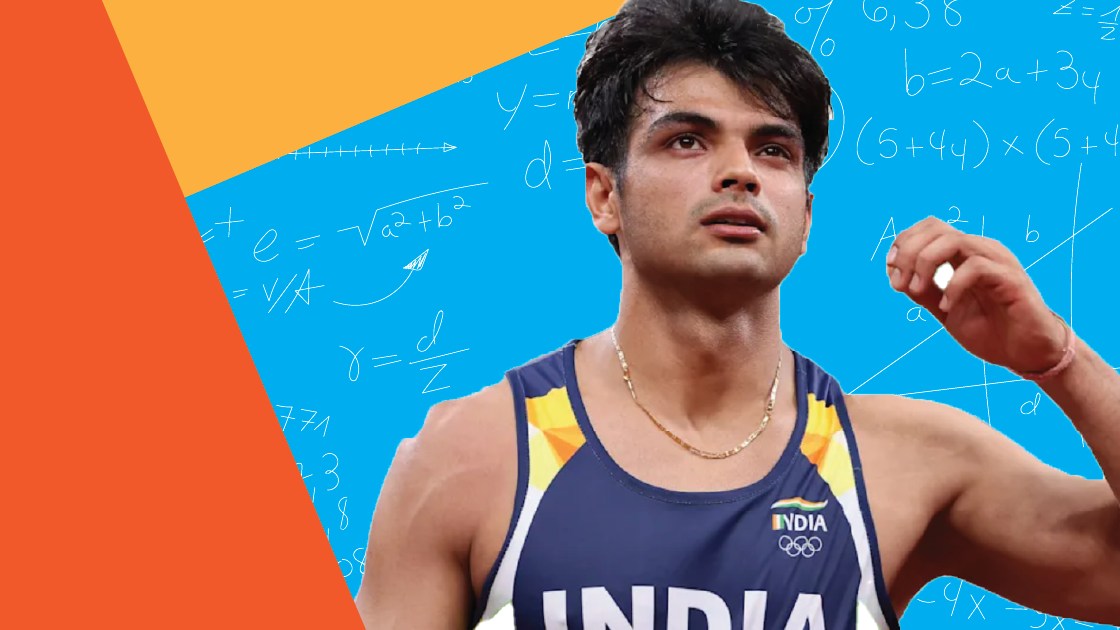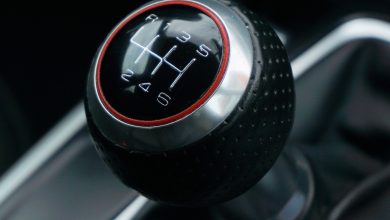A mathematical analysis of the Olympic Gold Medal winning effort of Neeraj Chopra

Let us analyse in simple mathematical terms, the 2020 Olympic Gold Medal winning effort of Neeraj Chopra in Javelin.
The maximum range (R_{max}) at a given initial velocity (u) is achieved at an angle $\theta = 45^\circ$. So if (g) is the acceleration due to gravity:
\[\Large R_{max } = \frac{u^2}{g}\]
We know that Neeraj Chopra threw the Javelin to 87.58 meters to win the Olympic Gold Medal. So,
\[\Large R_{max} = 87.58 \space meters\]
\[\Large \Rightarrow 87.58 = \frac{u^2}{g}\]
\[We \space know \space that \space (g) = 9.81 m/s^2. \space So,\]
\[\Large \Rightarrow 87.58 = \frac{u^2}{9.81} \]
\[\Large \Rightarrow u^2=87.58\times 9.81=859.1598\]
\[\Large \Rightarrow u=\sqrt{859.1598}=29.311\text{m/s}\]
Therefore, the initial velocity (u) with which Neeraj Chopra threw the Javelin is:\[ \boxed {29.311 \space meters/second \space or \space 105.52 \space km/hr.}\]
Note: The equations used hold good for a point-mass and do not consider the air-drag on the javelin. If we consider both these effects, a more realistic initial speed of the javelin would be nearer to 150 km/hr. However, the equations provide us with a starting point on estimating the initial speed of the javelin and hence the effort required to win an Olympic Gold in Javelin. The name of Neeraj Chopra will be forever etched in the history of Indian Sports.



